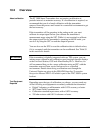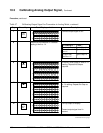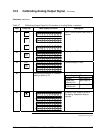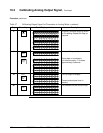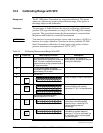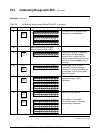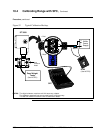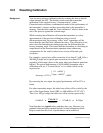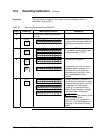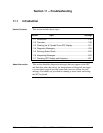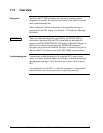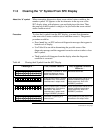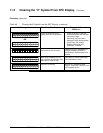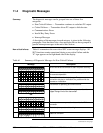
ST 3000 Release 300 and SFC Model STS103 User’s Manual 6/08
192
10.5 Resetting Calibration
Background
You can erase incorrect calibration data by resetting the data to default
values through the SFC. The default values return the transmitter
calibration to the original factory “characterization” values.
Characterization calculates a mathematical model of the performance of
the transmitter’s sensors and then stores that data in the transmitter’s
memory. Note that this is not the “final calibration” which is done at the
end of the process against the ordered range.
While resetting the calibration will return the transmitter to a close
approximation of the previous calibration using its stored
characterization data, the accuracy of the “reset” transmitter will be
lower than the specified final calibrated accuracy. The calibration is not
exact since the transmitter mounting angle may be different than the
factory mounting angle. This means that the transmitter is calculating its
output based on the characterization equation alone without any
compensation for the small residual errors of zero offset and span
correction.
For example, a typical zero offset correction is less than 0.1 inH
2
O for a
400 inH
2
O range and a typical span correction is less than 0.2%
regardless of the range (down to the point where specification turndown
begins). The typical performance of a 400 inH
2
O transmitter after a
calibration reset (or a “Corrects Reset” as it is often called) can be
expressed as:
Accuracy = 0.2% +
0.1 inH2O
Span inH
2O
⎛
⎝
⎜
⎞
⎠
⎟
• 100%
By correcting the zero input, the typical performance will be 0.2% or
better.
For other transmitter ranges, the initial zero offset will be scaled by the
ratio of the Upper Range Limit (URL) to 400 inH
2
O at 39.2°F (4°C).
Thus, for a 100 psi range, the initial zero offset can be expressed by:
0.1inH2O •
2768inH
2O
400inH
2O
= 0.7inH2O or 0.025psi
Note that these are
typical values and they may vary. However, our
patented characterization method includes several techniques which
help to ensure that this level of performance can be achieved.
Continued on next page



